The Magnesium Oxide Nanoparticle Market is currently characterized by a dynamic competitive landscape, driven by increasing demand across various sectors such as pharmaceuticals, electronics, and environmental applications. Key players are actively engaging in strategies that emphasize innovation, regional expansion, and partnerships to enhance their market positioning. For instance, American Elements (US) has focused on expanding its product portfolio and enhancing its manufacturing capabilities, while Merck KGaA (DE) is leveraging its extensive research and development resources to innovate in nanoparticle applications. These strategies collectively contribute to a competitive environment that is increasingly focused on technological advancement and market responsiveness.
In terms of business tactics, companies are localizing manufacturing to reduce lead times and optimize supply chains, which is particularly crucial in the context of global trade dynamics. The market structure appears moderately fragmented, with several players vying for market share. However, the influence of major companies like Sigma-Aldrich (US) and Strem Chemicals (US) is notable, as they establish benchmarks for quality and innovation that smaller firms often strive to meet.
In August 2025, NanoAmor (US) announced a strategic partnership with a leading electronics manufacturer to develop advanced magnesium oxide nanoparticle-based materials for next-generation electronic devices. This collaboration is expected to enhance the performance of electronic components, indicating a significant shift towards integrating nanoparticles into high-tech applications. Such partnerships not only bolster NanoAmor's market presence but also highlight the growing intersection of nanotechnology and electronics.
In September 2025, SkySpring Nanomaterials (US) launched a new line of magnesium oxide nanoparticles specifically designed for environmental remediation applications. This product introduction reflects a strategic pivot towards sustainability, as the company aims to address increasing regulatory pressures and consumer demand for eco-friendly solutions. The launch is likely to position SkySpring as a leader in the sustainable materials segment, potentially attracting new clientele focused on environmental responsibility.
Moreover, in July 2025, Nanoshel (IN) expanded its operations by establishing a new manufacturing facility in India, aimed at increasing production capacity and reducing costs. This move is indicative of a broader trend where companies are investing in local production capabilities to enhance supply chain resilience. By doing so, Nanoshel not only strengthens its operational efficiency but also positions itself to better serve the growing domestic market.
As of October 2025, the competitive trends in the Magnesium Oxide Nanoparticle Market are increasingly shaped by digitalization, sustainability initiatives, and the integration of artificial intelligence in production processes. Strategic alliances are becoming more prevalent, as companies recognize the value of collaboration in driving innovation and market penetration. Looking ahead, it is anticipated that competitive differentiation will evolve from traditional price-based strategies to a focus on technological innovation, supply chain reliability, and sustainable practices, thereby reshaping the market landscape.


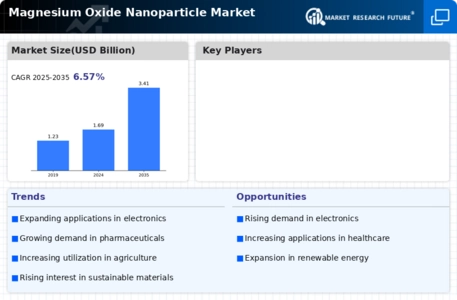
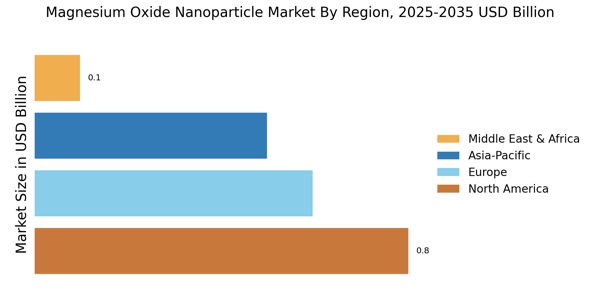
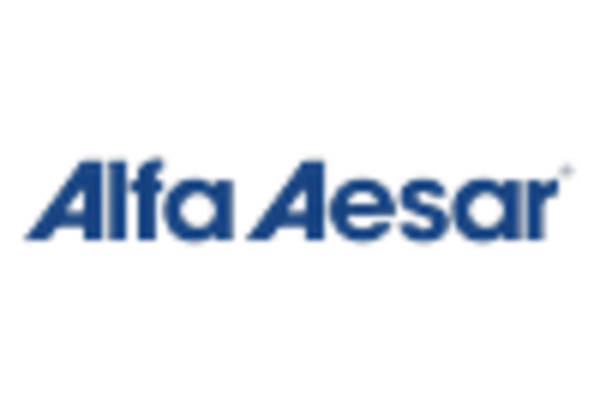
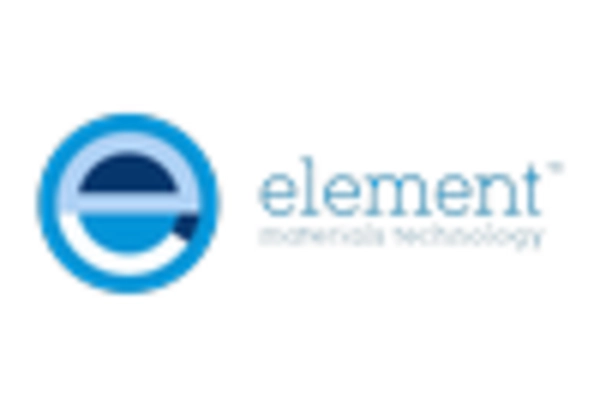


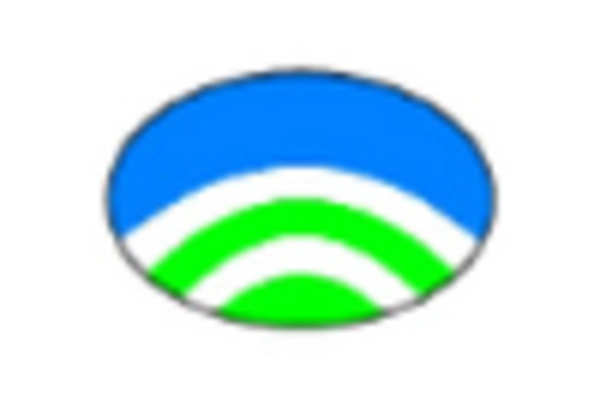
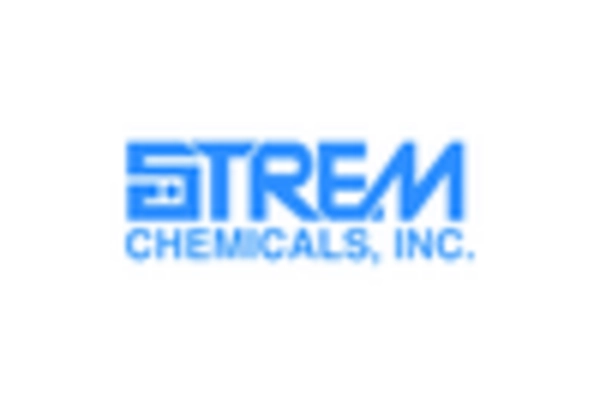








Leave a Comment